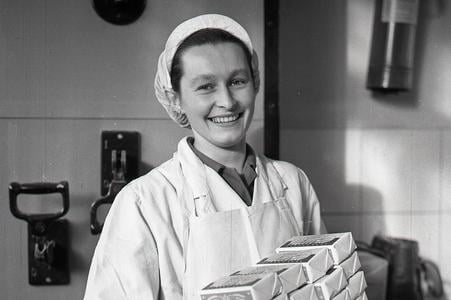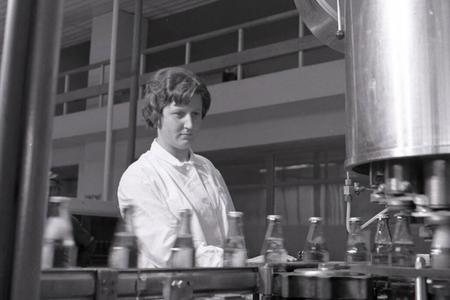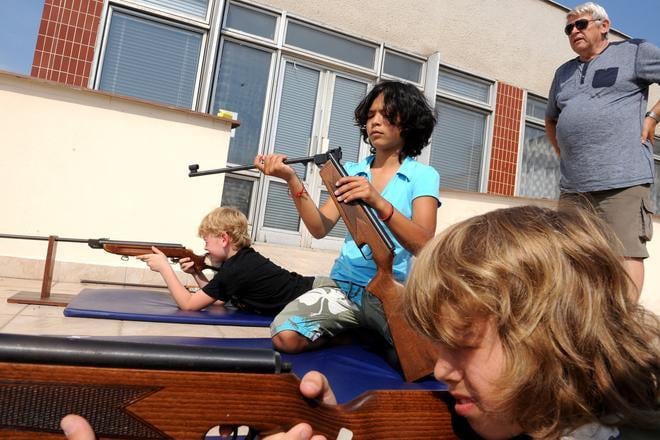It was simple, yet accurate. During socialism, every teenager knew it from national defence education or pioneer camps. The wider public encountered it at shooting ranges at fairs.
Back then, the air rifles known as Slavia became a legend among fans of sporting weapons, not only in Czechoslovakia but throughout eastern Europe. They even made their way beyond the Iron Curtain.

All roads lead to Uherský Brod
The Czechoslovak arms industry had a long tradition. Weapons production is mainly associated with Uherský Brod, in the south-east of Moravia. It was here, in 1936, that the company Česká Zbrojovka was established, at a time when strategically important industries were being moved as far away as possible from the western borders with Nazi Germany.
The modern factory primarily produced aircraft machine guns. After the Second World War, it began manufacturing hunting and sporting weapons, including air rifles designated ČZ 800, 801, 802 and 803.
Air rifles were also produced by L. Kotek in the village of Krnsko, northern Czechia, under the brand name Stella. After the communist takeover in 1948, production was transferred to the state enterprise Amati in Kraslice, which, however, was best known for musical instruments.
In 1954, sporting rifle production was moved again – first to a plant in Bojkovice, and then to Uherský Brod, to the Precision Engineering Plant (the renamed Česká Zbrojovka).

A third of production for export
At Uherský Brod, air rifles underwent structural innovation, and in the mid-1950s the factory introduced the Slavia model line, intended for young people, schools, and sports clubs.


 Children in summer camps fire the air rifle occasionally. (source: TASR)
Children in summer camps fire the air rifle occasionally. (source: TASR)